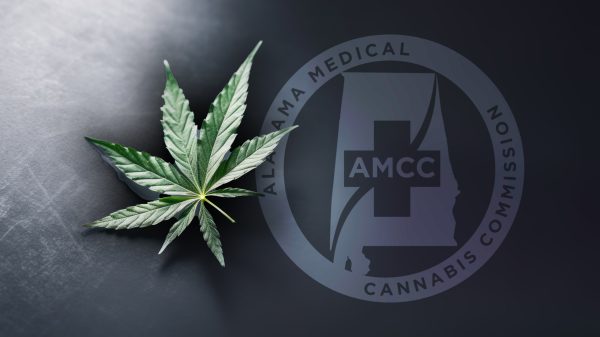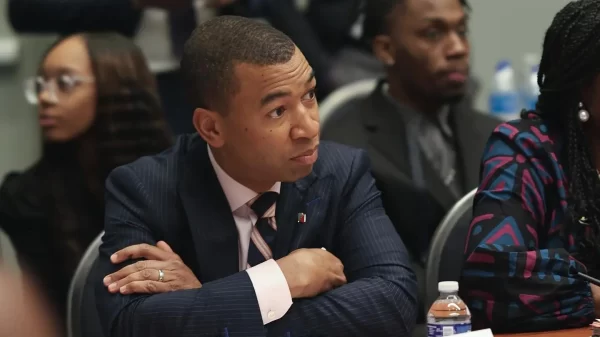|
Getting your Trinity Audio player ready...
|
Labor Day in the United States has its roots in the labor movement’s struggle to secure fair wages, reasonable hours, and safer working conditions for American workers. While it’s hard to fully grasp the harsh realities faced by workers in the late 19th century when the holiday was first established, the fight for a living wage, pay equity, and safe working environments persists today. Though the modern labor market has evolved significantly, many attitudes toward workers have stubbornly remained unchanged.
Alabama has made great strides in economic development under Gov. Kay Ivey’s administration. Her focus, along with the pro-business members of the state Legislature, has enacted policies and incentives that have spurred unprecedented growth. Overall, Alabama’s labor market is performing well, especially in terms of employment growth and low unemployment rates, but challenges remain in fully engaging the broader population and addressing regional disparities. Continued efforts to boost participation and job opportunities, particularly in economically lagging areas, are crucial for sustaining this momentum.
However, the state’s economic reliance on attracting large companies with promises of low taxes and minimal regulation often puts pressure on workers to accept less favorable terms of employment. The government’s resistance to organized labor, enacting laws that make it difficult for unions to organize and operate effectively, has limited the ability of workers to negotiate for higher wages and better working conditions. The gains in overall economic growth have yet to find a balance between business interests and those of workers.
Labor Day was first celebrated in New York City on September 5, 1882, organized by the Central Labor Union. It only became a federal holiday in 1894, mainly as a result of the Pullman Strike that same year.
The U.S. labor movement was shaped by tragic and violent events, highlighting the harsh conditions faced by workers and the fierce opposition they encountered. Pivotal moments include the Haymarket Affair (1886), which began as a peaceful rally for an eight-hour workday but turned deadly, and the Triangle Shirtwaist Factory Fire (1911), which killed 146 workers due to unsafe conditions, leading to significant labor reforms. Other pivotal events include the Ludlow Massacre (1914) and the Battle of Blair Mountain (1921), where striking miners faced brutal crackdowns. The Memorial Day Massacre (1937) saw police violence against steelworkers, while the Pullman Strike (1894) involved federal intervention and deadly clashes. The Phelps Dodge Strike (1983) showcased the continued resistance to labor organizing even in modern times.
Labor Day is one of the busiest shopping times of the year. It is also the unofficial kickoff of the political season and, of course, the silly “No white after Labor Day” rule, a tradition started by the nation’s upper class to show their superiority over the working class.
We must remember Labor Day isn’t just a long weekend or an excuse to fire up the grill—it’s a moral reminder that every job, whether it’s swinging a hammer, teaching a classroom of eager minds, or making life-saving decisions in a hospital, is vital to the generous heart of our society. Our nation has a tendency to celebrate the captains of industry, the CEOs, and the innovators, but the truth is, it’s the factory hands, the service workers, the nurses, and the custodians who keep this economy afloat. They are the spine, often unseen and undervalued, of every so-called success story we celebrate.
Today isn’t about empty platitudes or photo-ops of politicians looking goofy in hard hats, searching for a quick PR boost. It’s about honoring the real, gritty work that sustains our communities—the kind that keeps the lights on, the streets clean, and the engines of industry running. So, never forget to recognize that every contribution, from the warehouse to the boardroom, matters. Because without the hands that build, the minds that innovate, and the hearts that care, we wouldn’t have a society worth celebrating at all.









































